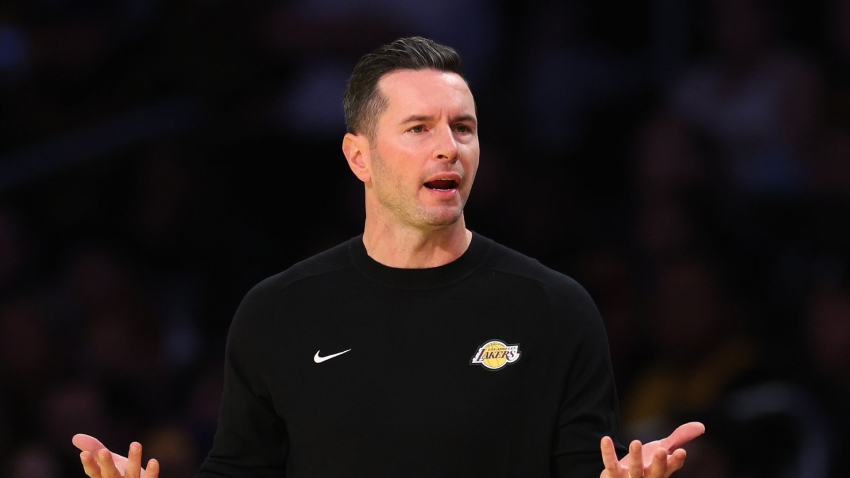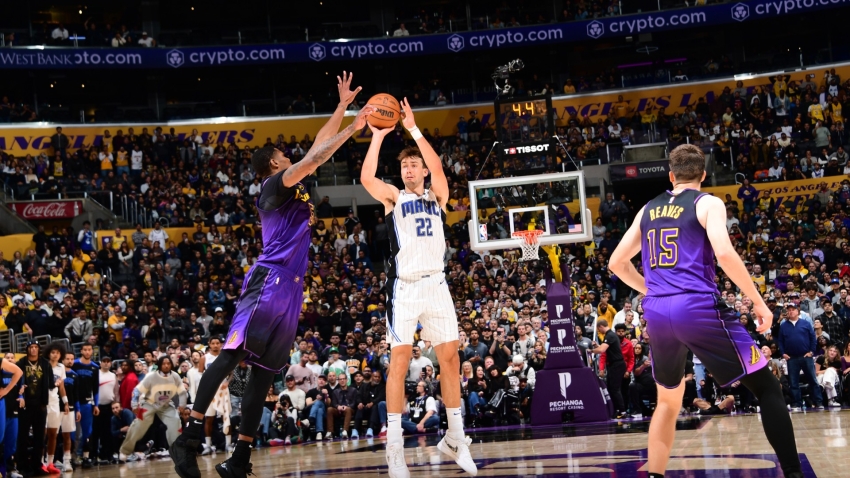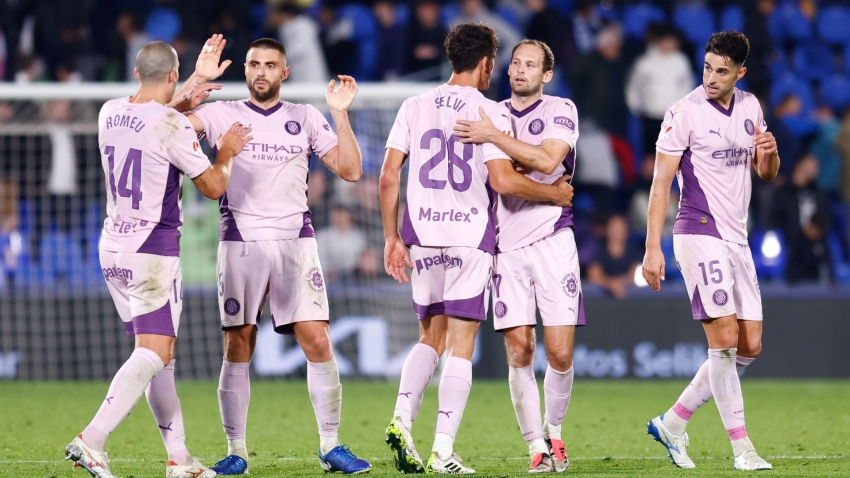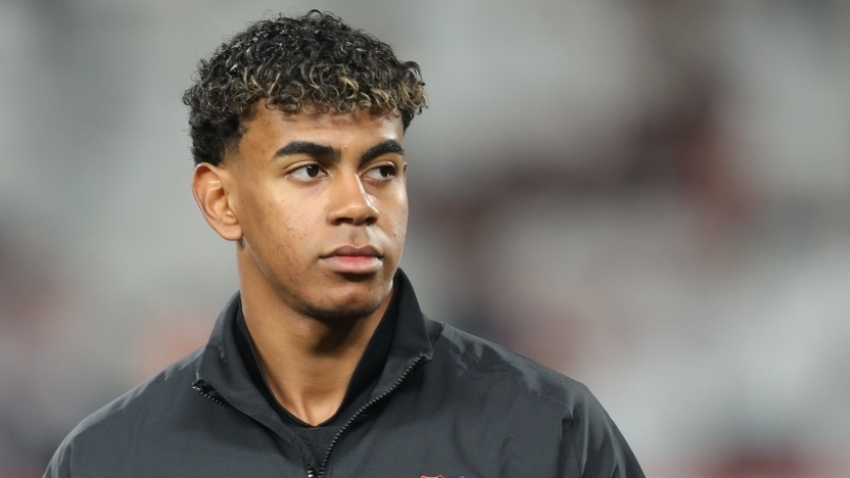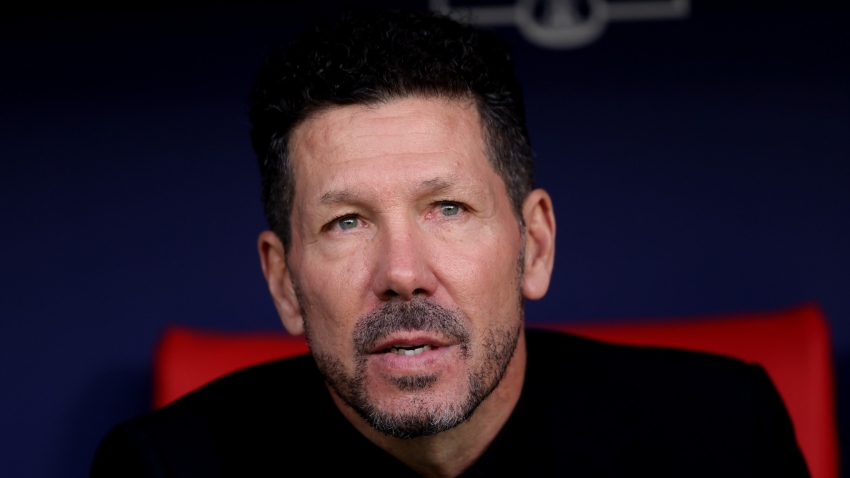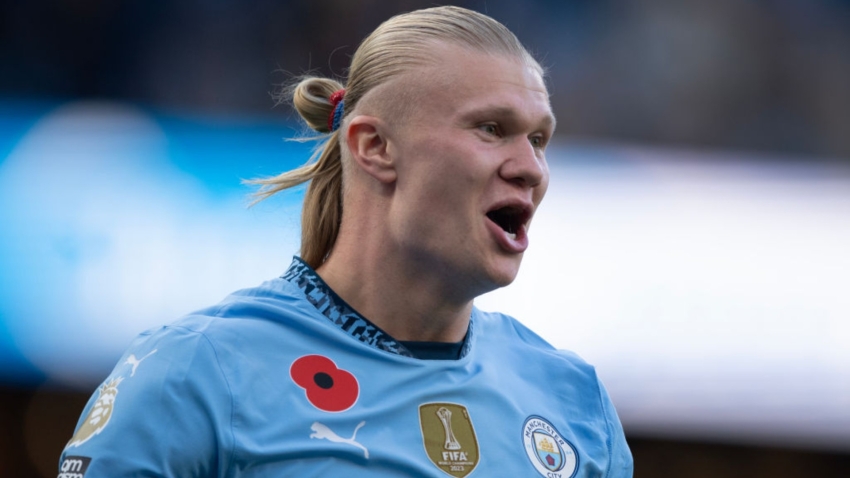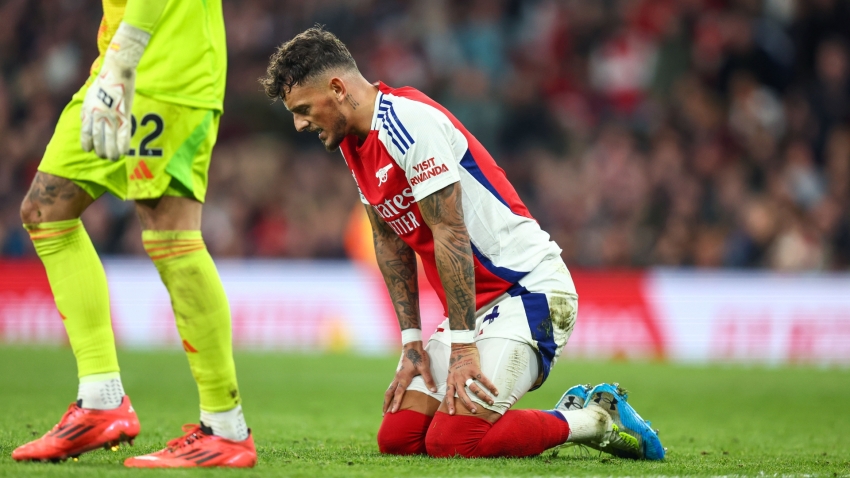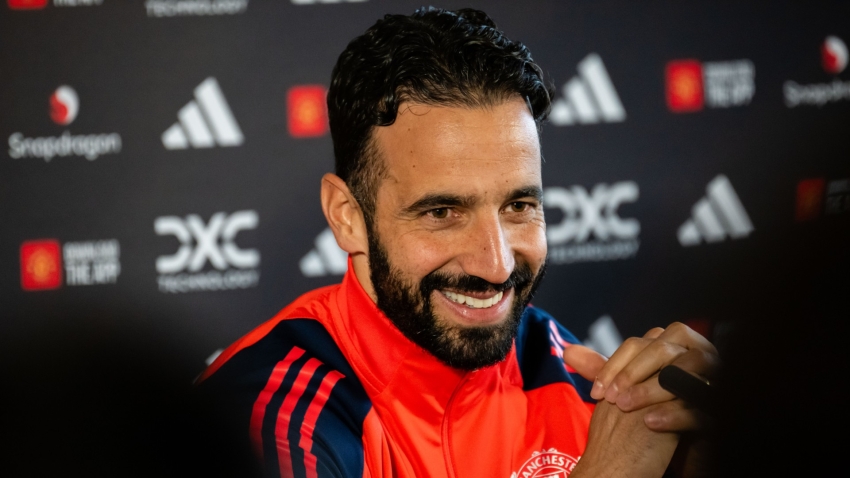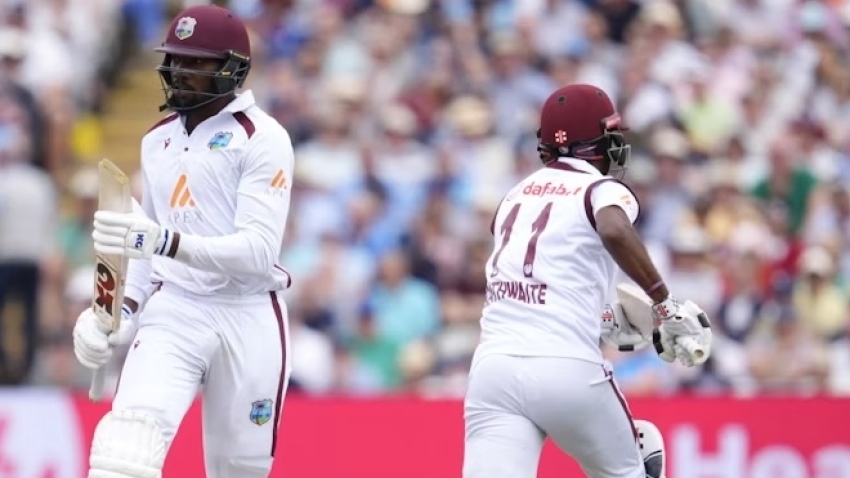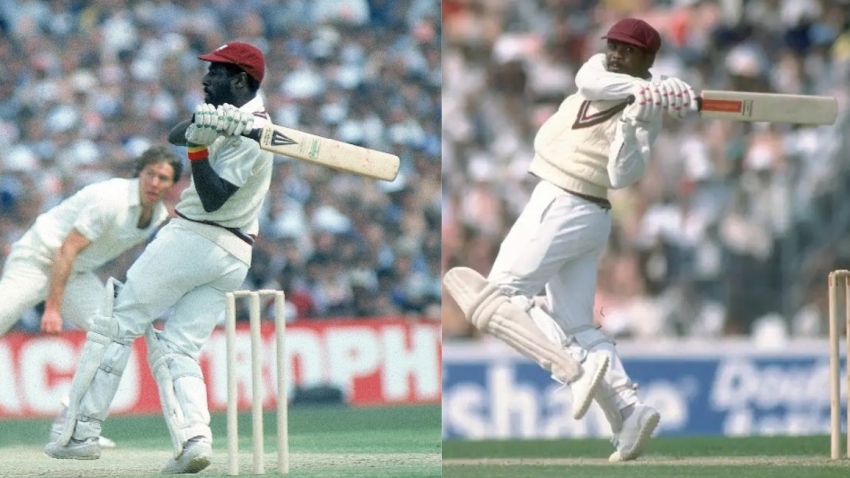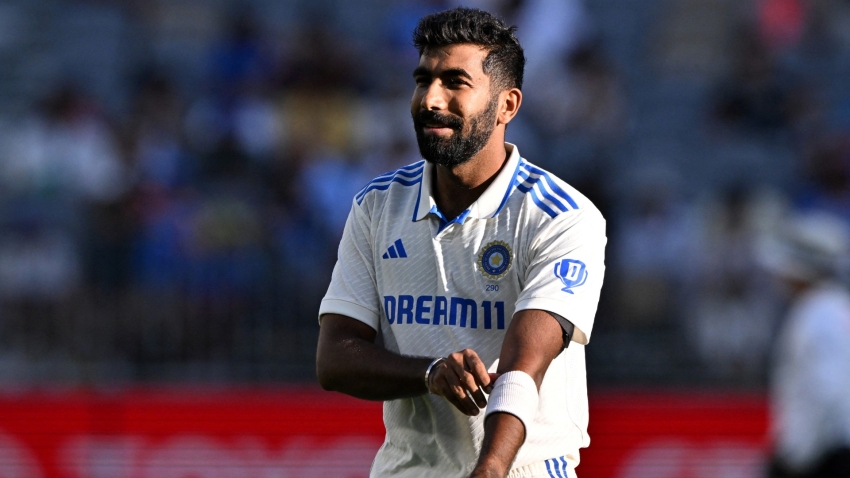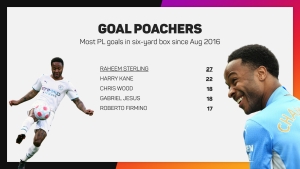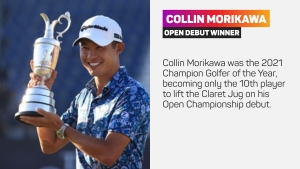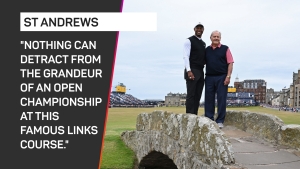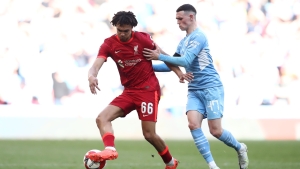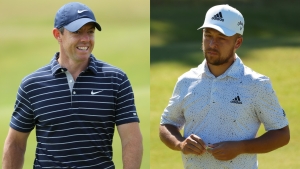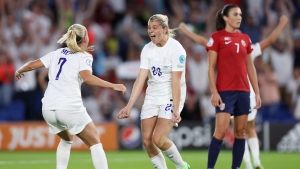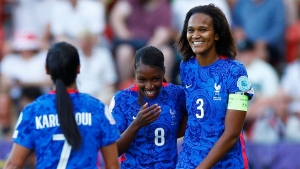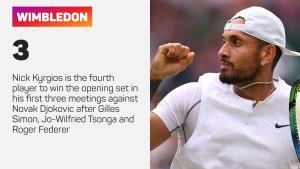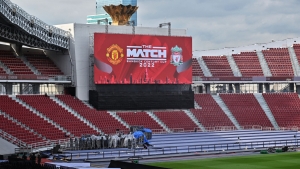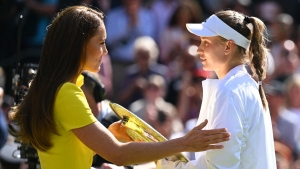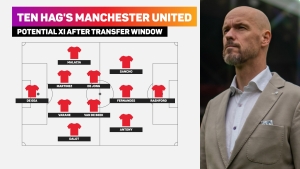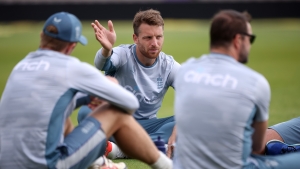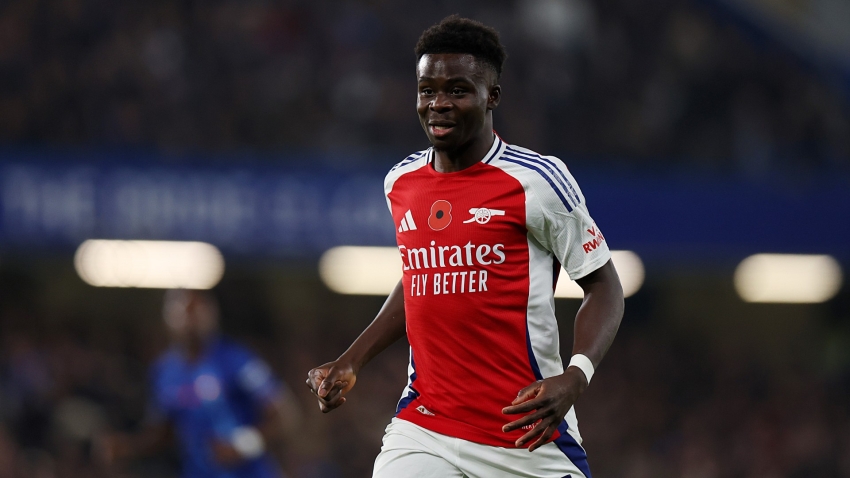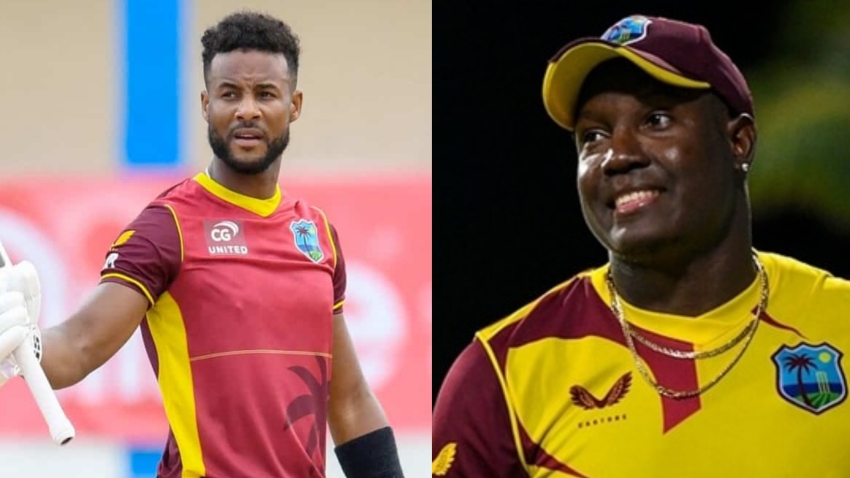Value in the transfer market is always hard to gauge, but that feels especially true in the Premier League in this window.
Sadio Mane has left Liverpool for £35million, and Raheem Sterling is on his way out of Manchester City for £45m. Meanwhile, Southampton have reportedly asked for £75m for midfielder James Ward-Prowse.
That comparison is perhaps not fair on Ward-Prowse – Saints' most important figure – but it illustrates how erratic these fees can be.
It is slightly tricky then to establish who might be the most valuable Premier League player, yet why not have a go?
Inspired by Bill Simmons' NBA trade value list for The Ringer, ranking the 64 most valuable basketball stars, Stats Perform has put together an equivalent Premier League top 20.
Of course, there are key differences between how the markets work in the NBA and the Premier League, so a brief explainer is required before complaints come from fans of one or two clubs...
This is not a ranking of the 20 best Premier League players but rather the 20 most valuable – or 20 most difficult to sign.
The following factors have all been considered: how important these players are to their clubs, how replaceable they are, how proven they are, how likely they are to be sold now or in the near future, and how much they would cost if they were to move, influenced by ages and contract situations.
So, let's dive in...
1. Trent Alexander-Arnold – Liverpool
Alexander-Arnold is Liverpool's chief creator from right-back, unique in his passing ability and set-piece quality. The Reds will have an extremely tough time when they come to replace the England man; fortunately, that will not be any time soon, with the Anfield favourite a local boy, a Liverpool fan and under contract until 2025.
2. Phil Foden – Manchester City
Although perhaps still not quite the main man at Etihad Stadium, Foden is City's answer to Alexander-Arnold. Having waited so long to bring an elite talent through their academy, the champions will be in no rush to sell him – especially as Pep Guardiola is such a big fan.
3. Erling Haaland – Manchester City
If Alexander-Arnold and Foden are completely unattainable for rival clubs, there remains a possibility Haaland's stay at City could last only a few seasons, as Real Madrid and Barcelona are likely to again be interested soon enough. But City could command a huge fee for one of the most sought-after strikers in European football.
4. Kevin De Bruyne – Manchester City
It is perhaps no surprise City feature so prominently in this list, although there is a balance to consider. Their financial might means there is little motive to move on a star name, but they are also well placed to sign a replacement. Even at 31, there is nobody who could feasibly replace De Bruyne.
5. Virgil van Dijk – Liverpool
Replacing Van Dijk is a similarly tough ask. Liverpool are not afraid to cash in if it benefits the team, but it is difficult to imagine how losing their highly influential centre-back – undoubtedly the best in the Premier League – could ever be beneficial.
6. Mohamed Salah – Liverpool
Having seen Mane depart, Salah likely would not even have featured on this list had he not agreed a new contract. Now, though, both he and Liverpool are committed to one another for three more years. In the immediate future, Salah remains the Reds' leading man in attack.
7. Bruno Fernandes – Manchester United
It says a lot for the state of the United squad that Fernandes is the only Red Devil to be included. Cristiano Ronaldo is old, on a short-term contract and wants to leave, while Jadon Sancho and Marcus Rashford endured tough seasons. Fernandes ultimately did, too, but his quality is proven, and he will hope for an improved campaign under Erik ten Hag.
8. Son Heung-min – Tottenham
Spurs have a little more security now with Champions League football assured, surely able to keep Son happy – not that the outstanding forward ever appears too downcast. Son is now 30 but shows little sign of slowing after the best goalscoring season of his career.
9. Harry Kane – Tottenham
Son is just ahead of his strike partner on account of Kane pushing for a move last year. That was an unsuccessful bid, though, and City moved on with Haaland. Kane could perhaps be a candidate to replace Ronaldo, but again Tottenham have Champions League football while United do not.
10. Ederson – Manchester City
A move away from the division's elite attacking stars: Ederson simply could not be better suited for City's style of play, an outstanding goalkeeper with the passing range to fit into their midfield. A rival club surely would not even try to prise Ederson away.
11. Alisson – Liverpool
Liverpool do not rely on Alisson's ability with his feet in quite the same fashion, but there is very little between he and Ederson. Still just 29, the Brazil number one will keep his place between the posts at Anfield for the foreseeable future.
12. Reece James – Chelsea
The first Chelsea player on the list is James, who matches Alexander-Arnold for talent but might be seen as a more attainable transfer target for now. With the Blues still in the early stages of their new ownership, it is tough to tell exactly where they fit into the Premier League's hierarchy.
13. Mason Mount – Chelsea
As above, Chelsea would not have wanted to sell Mount under the previous regime and likely will stand firm again, but keeping players of his ilk relies on the club remaining as successful as they have been over the past 20 years.
14. Bukayo Saka – Arsenal
This Arsenal team is packed with young, hungry, talented players, few of whom their fans would like to see depart. But the Gunners have also long since been positioned as sellers to the elite clubs. Saka, the best of the bunch, could attract attention soon enough.
15. Bruno Guimaraes – Newcastle United
As with Chelsea, there is an element of the unknown around Newcastle. With big money and big ambitions, they could eventually join City in having the wealth and status to keep just about any player. Guimaraes – outstanding after talking up a Champions League title bid while still in the relegation zone – looks to be in for the long haul.
16. Declan Rice – West Ham
Rice might have more suitors than Guimaraes right now, but he might also be a more straightforward buy. Although David Moyes suggested £150m would be "the minimum" required to recruit Rice, a player of his talents will want to play in the Champions League – and the Hammers look to have missed their chance.
17. Darwin Nunez – Liverpool
Nunez could jump into the top three in a year's time, yet he still has only two seasons with Benfica on his CV and so will have to continue to prove his class in one of Europe's big five leagues before being ranked alongside Haaland.
18. Kai Havertz – Chelsea
Chelsea are already again having to rebuild the rest of their front line this year, so the future of Havertz appears secure. Despite netting the winning goal in the Champions League final a year ago, it feels like there is still more to come from the forward.
19. Ruben Dias – Manchester City
Besides those listed above, so many of City's outstanding players would be relatively easy to replace given their transfer budget and the pull of working with Guardiola. But the club have consistently lost leaders in recent seasons, so Dias is a key man for the coming years.
20. Cristian Romero – Tottenham
As long as Spurs are trying to keep Antonio Conte happy – and their business so far in this window suggests that is the case – Romero is unlikely to be going anywhere. The centre-back was superb after arriving at Tottenham Hotspur Stadium in January.


